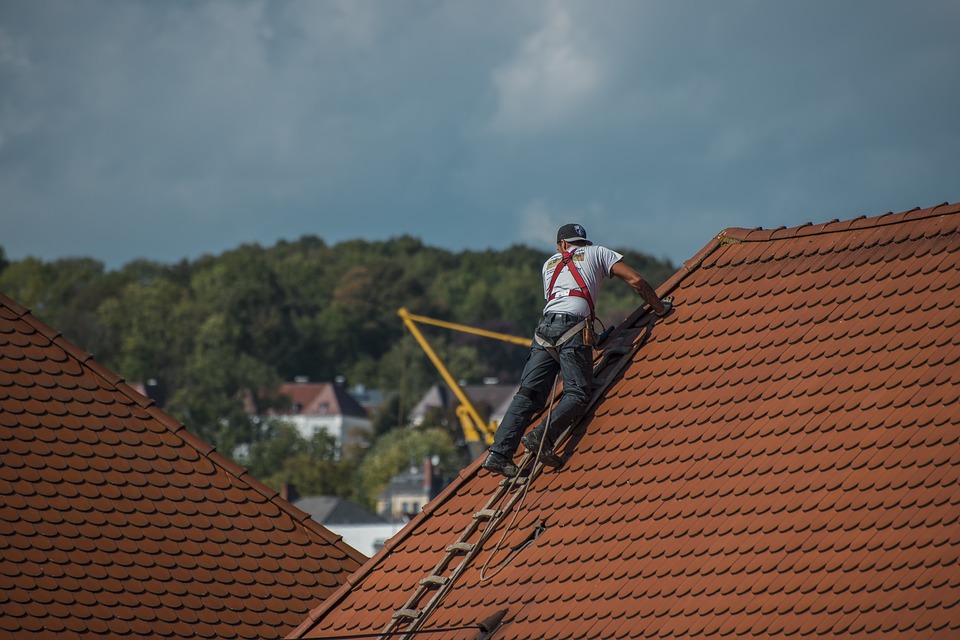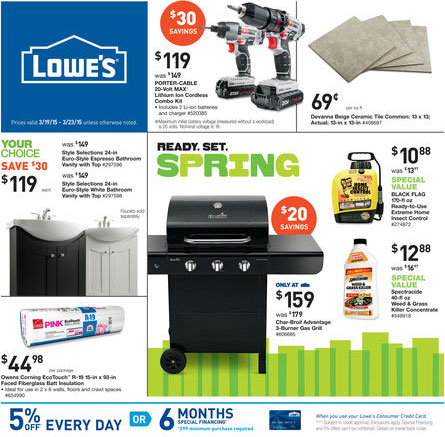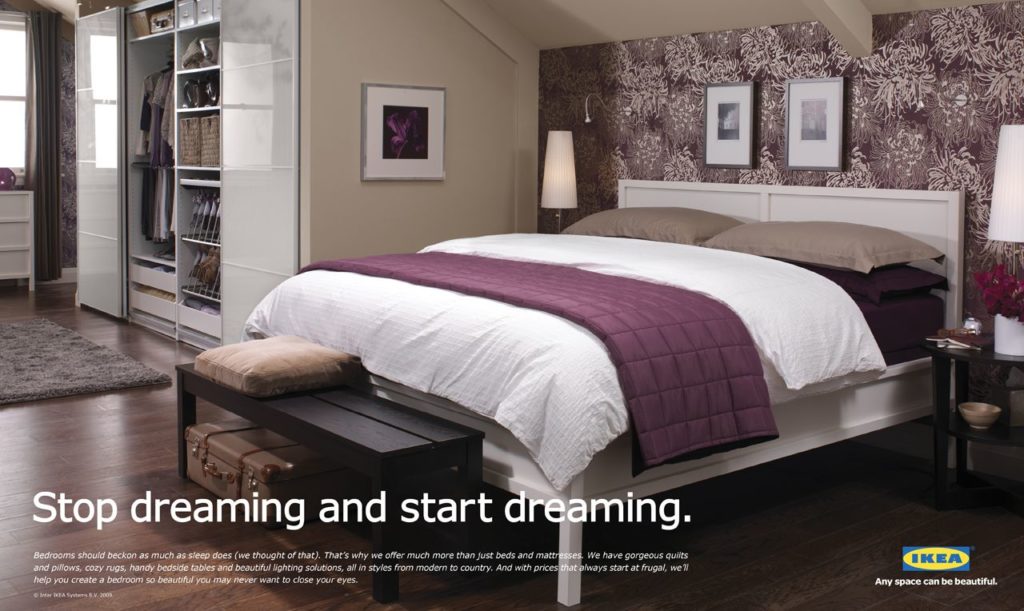Hazards and Risks of Working at Height

Most construction jobs often expose people to risks and hazards from working at height. Some of the common jobs that require working at height include steelworkers, roofers, scaffolders, welders, pipefitters, and painters. These tasks involve the use of a common form of access equipment. Some workers may not be used to most of these tasks at height and may lack competence. These are the basic hazards and risk factors of working at height.
Design
Good design is required when it comes to working at height. This is not only for the existing materials or structures, but also the design and strength of access equipment like ladders used. Without a good design, access tools and equipment may not be specified, it may be poorly positioned and erected, and safety features may be missed or absent.
Distance of Falls
This is the distance an object or person can fall will have an impact on the damage or severity of the injury it can cause. Where work at height may not be avoided, the first considerations will be to reduce the distance the person is likely to fall.
Roofs
In this case, roof work involves the maintenance and construction of roofs. Some of the tasks include gutter cleaning, replacing tiles, and chimney repairs. Accidents can happen during maintenance work and small jobs. Moreover, maintenance work is usually done in a hurry, particularly during storm damage repairs. A fragile roof is one that cannot withstand the weight of the load or person it may be carrying. In addition, it is not strong enough to withstand adverse weather conditions.
Roof Lights
In most cases, roof lights are clear sheets built to a roof and are made of fragile materials like plastics. Unfortunately, they are not always easy to see as they may be covered with grime, algae, moss, and dirt. Usually, they are difficult to identify from the surrounding roofing materials in dim or bright light. If these roof lights are not covered, fitted, or guarded, you can easily fall through and suffer severe injuries.
Voids
It is important to treat voids as confined spaces because of their close, confined nature of space. That is likely to restrict the movement within the void and can result in postural problems if prolonged.
Weather
The truth is that weather conditions can increase risks that are involved in working at height. For instance, freezing or rain conditions are likely to increase the risk of slipping. On the other hand, strong winds can make access to equipment unstable.



